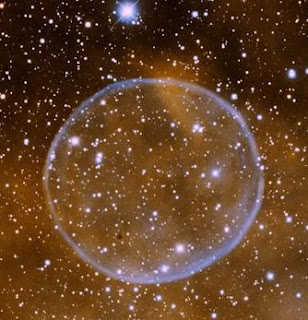 |
| Microbes do quantum mechanics |
One good reason is that they may have within them some quantum of intelligence we need in order to survive as a species in this cosmos.
A complete field of science, biomimicry, is dedicated to listening and watching what other species have to say.
While watching the other species in the world around us, scientists noticed that some of the tiniest of them are good at quantum mechanics:
A team of University of Toronto chemists have made a major contribution to the emerging field of quantum biology, observing quantum mechanics at work in photosynthesis in marine algae.
"There's been a lot of excitement and speculation that nature may be using quantum mechanical practices," says chemistry professor Greg Scholes, lead author of a new study published in Nature. "Our latest experiments show that normally functioning biological systems have the capacity to use quantum mechanics in order to optimize a process as essential to their survival as photosynthesis." ... It also raises some other potentially fascinating questions, such as, have these organisms developed quantum-mechanical strategies for light-harvesting to gain an evolutionary advantage? It suggests that algae knew about quantum mechanics nearly two billion years before humans," says Scholes.
(Quantum Mechanics at Work in Photosynthesis). Algae have been familiar with these quantum mechanical processes for nearly two billion years.
Note also that these creatures use all their ability to help others, including humanity, for without photosynthesis we would not exist today.
It behooves us to learn what we can from the cosmos around us, including our ecosystem here on the earth, because we have a long road ahead of us, according to the tenets of Ecocosmology.
It behooves us to stop destroying species at such an alarming rate, or at any rate above zero.
The next post in this series is here.



